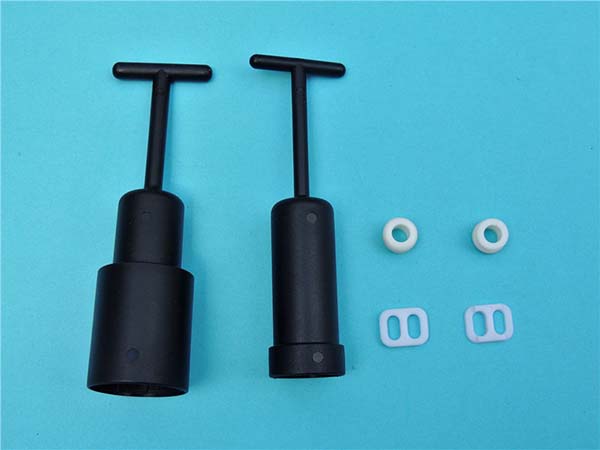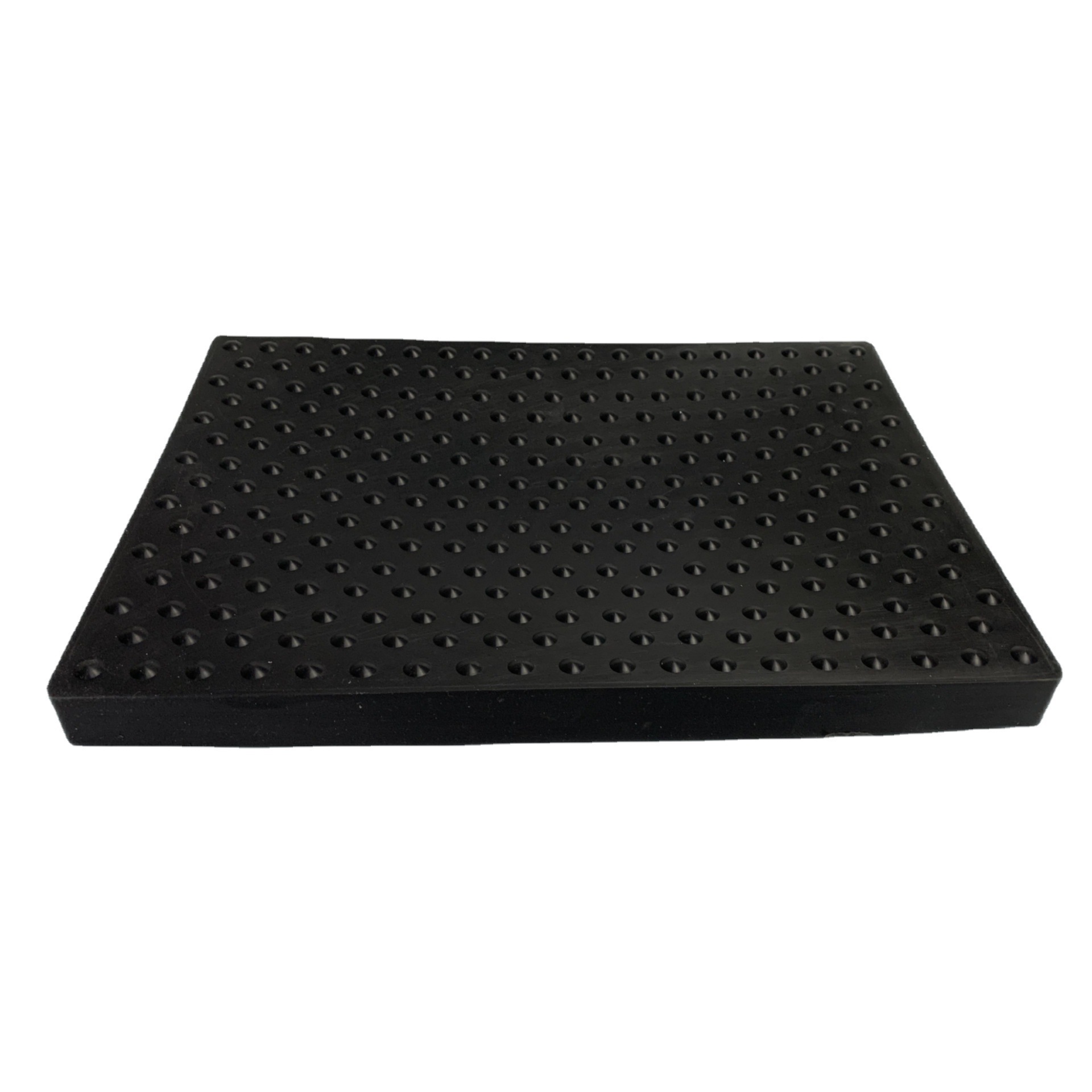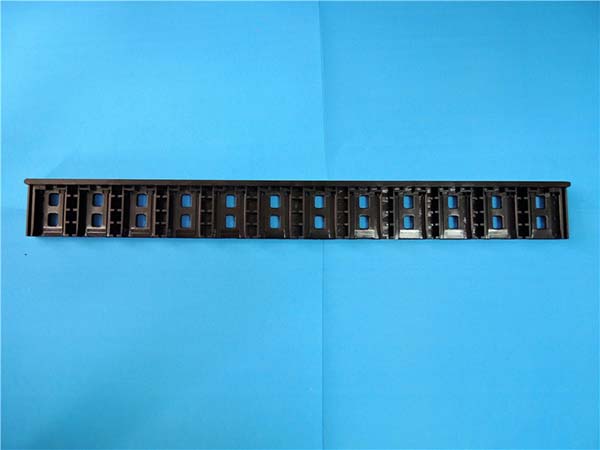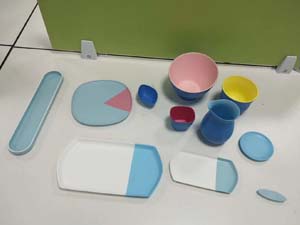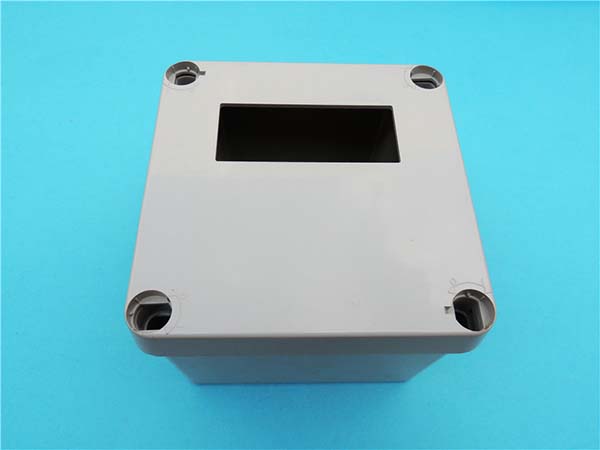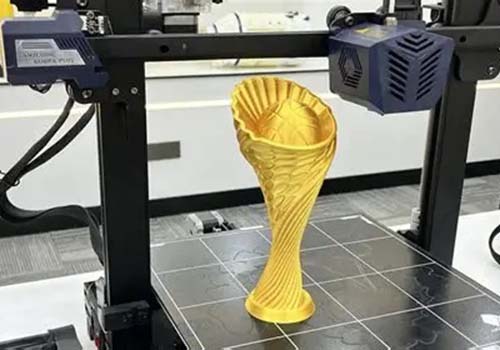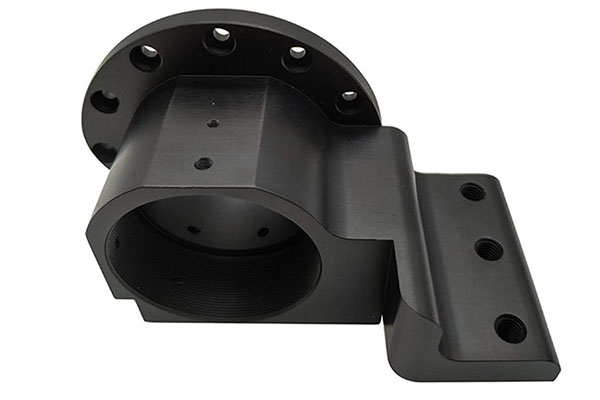What is Professional 3D Printing Service?
Professional 3D printing service is a highly specialized offering that goes far beyond basic desktop 3D printing. At its core, it's about taking a digital 3D model, which can be created through 3D modeling software, CAD (Computer - Aided Design), or 3D scanning, and transforming it into a physical, three - dimensional object with extreme precision and high quality.
The process begins with the digital file. This file contains all the geometric data of the object to be printed, including its shape, size, and internal structures if any. For example, in the aerospace industry, 3D printed parts might have complex internal channels for fluid or gas flow, and the digital model precisely defines these features.
Once the digital model is ready, it is sent to a professional - grade 3D printer. These printers are much more advanced than consumer - level ones. They use various technologies such as SLA (Stereolithography Apparatus), which cures liquid resin layer by layer using ultraviolet light to create highly detailed and smooth - surfaced parts. Another technology is SLS (Selective Laser Sintering), where a laser sinters powdered materials like nylon or metal, fusing the particles together to build the object layer by layer.
The materials used in professional 3D printing are also of high - quality and diverse. There are engineering - grade plastics like ABS (Acrylonitrile Butadiene Styrene) and PLA (Polylactic Acid), which offer different mechanical properties such as strength, flexibility, and heat resistance. Metal powders such as titanium, aluminum, and stainless steel are used for applications that require high - strength and durability, like in the automotive and medical industries.
The key differentiator of professional 3D printing services is the ability to achieve tight tolerances. For instance, in the production of precision mechanical parts, a professional 3D printing service can ensure that the printed components have tolerances within ±0.05mm or even tighter, depending on the technology and materials used. This level of accuracy is crucial for parts that need to fit together perfectly in complex assemblies.
How Professional 3D Printing Services Solve Your Problems
Cost - effective in the Long Run
When comparing professional 3D printing services with traditional manufacturing methods, especially for small - batch production, the cost - effectiveness of 3D printing becomes evident. In traditional manufacturing, creating a mold can be extremely costly. For example, in plastic injection molding, the mold - making process for a simple part can cost anywhere from \(5,000 to \)20,000, depending on its complexity. This upfront investment is a significant barrier, especially for startups or small - scale production runs.
In contrast, 3D printing eliminates the need for molds. A case in point is a small - scale electronics company that wanted to produce 500 units of a custom - designed enclosure. With traditional injection molding, the total cost, including mold - making and production, would have been around \(30,000. However, by opting for 3D printing, they were able to produce the enclosures at a cost of only \)5,000, a substantial savings. This is because 3D printing uses only the necessary amount of material, reducing waste significantly. While the per - unit cost of 3D - printed parts may be higher for large - scale production, for small - batch production (usually less than 1,000 units), 3D printing is often the more cost - efficient choice.
| Production Method | Mold Cost | Material Cost per Unit | Total Cost for 500 Units |
| Traditional Injection Molding | $15,000 | $30 | $30,000 |
| 3D Printing | $0 | $10 | $5,000 |
Shortening the Production Cycle
One of the most significant advantages of professional 3D printing services is the ability to drastically shorten the product development cycle. In traditional manufacturing, the process from product design to getting a physical prototype can be long and arduous. For instance, in the automotive industry, it used to take weeks or even months to produce a physical prototype. The process involved creating detailed engineering drawings, manufacturing molds, and then producing the prototype through various manufacturing processes.
However, with 3D printing, the time from design to prototype can be reduced to a matter of days or even hours. A consumer electronics company, for example, wanted to develop a new smartphone case. Using traditional methods, it would have taken about 4 - 6 weeks to get a prototype. But by using 3D printing, they were able to produce a fully functional prototype in just 3 days. This rapid prototyping not only speeds up the development process but also allows for more design iterations in a shorter time frame. It enables companies to quickly test and improve their products, getting them to market faster and with fewer flaws.
Solving Complex Design Challenges
Traditional manufacturing methods often face limitations when it comes to complex designs. For example, in the production of parts with intricate internal structures or complex geometries, traditional machining or casting techniques may struggle to achieve the desired results. In the aerospace industry, components such as turbine blades in jet engines have complex cooling channels that are crucial for their performance. These channels are extremely difficult to manufacture using traditional methods.
Professional 3D printing services, on the other hand, can easily handle such complex designs. Using technologies like SLS or DMLS (Direct Metal Laser Sintering), 3D printers can build parts layer by layer, creating internal structures that were previously impossible to manufacture. A leading aerospace company was able to design and produce a new turbine blade with optimized cooling channels using 3D printing. This not only improved the performance of the engine but also reduced its weight, leading to better fuel efficiency. The ability to create complex designs with 3D printing also opens up new possibilities for innovation in various industries, from healthcare (such as custom - designed prosthetics) to architecture (where complex building components can be produced).
Yigu Technology's Viewpoint
As a non - standard plastic metal products custom Supplier, Yigu Technology believes that 3D printing, when combined with traditional manufacturing, can significantly optimize the production process. In the realm of new product development and small - batch customization, 3D printing offers a rapid and flexible solution. It allows for the quick production of prototypes with complex geometries, which can then be tested and refined. This reduces the time and cost associated with traditional trial - and - error methods. For metal products, 3D printing can create parts with high - precision internal structures that are difficult to achieve through traditional means. By integrating 3D printing into our services, we aim to provide more comprehensive solutions for our customers, helping them enhance their competitiveness in the market.
FAQs
What types of 3D printing materials do you offer?
We offer a wide range of 3D printing materials to meet diverse requirements. For common applications, we have PLA (Polylactic Acid), which is biodegradable, easy to print, and suitable for general - purpose prototypes, artworks, and educational projects. ABS (Acrylonitrile Butadiene Styrene) is another popular choice, known for its strength, heat resistance, and durability, making it ideal for functional parts in electronics, automotive, and mechanical industries. Nylon is also available, offering high - strength, abrasion resistance, and good chemical resistance, often used in applications where long - term use and wear resistance are crucial.
In addition to these common materials, we also provide special materials. For high - temperature applications, such as in aerospace or industrial furnaces, we have materials like PEEK (Polyether Ether Ketone) that can withstand extremely high temperatures. Flexible materials are also on offer, which are great for creating items like phone cases with shock - absorbing properties or soft robotic components.
How accurate is your 3D printing service?
Our 3D printing service can achieve an accuracy of up to ±0.1mm in most cases. However, it's important to note that the accuracy can be affected by several factors. The complexity of the 3D model plays a role; more intricate models with small details and overhangs may have slightly less accuracy due to the challenges in printing such features. Material characteristics also matter. For example, some soft or elastic materials may experience a bit more dimensional variation during the printing process compared to rigid materials.
To ensure the highest possible accuracy, we use advanced 3D printers with high - precision motion control systems. Our experienced technicians also carefully calibrate the printers before each job and monitor the printing process closely. We also offer post - processing services like sanding and polishing, which can further improve the dimensional accuracy and surface finish of the printed parts.
Can you help with the design of my 3D model?
Yes, we have a professional team of designers who can assist you with every stage of 3D model design. Whether you have a rough idea or a detailed concept, our designers can bring it to life. If you only have a basic concept, they can start from the creative ideation phase, brainstorming different design options based on your requirements. Once the initial design is created, they can optimize the 3D model for 3D printing, taking into account factors like wall thickness, support structures, and material usage to ensure a successful print.
We have a portfolio of design cases that showcase our capabilities. For instance, we helped a startup design a custom - shaped product prototype from scratch. Our designers worked closely with the client, making multiple design iterations until the final product not only met the client's functional needs but also had an aesthetically pleasing appearance.
